In nature, sunlight is fundamental for plants, powering photosynthesis and spurring growth and blooming. However, not all plants are created equal, with some requiring less sunlight than others. This article will shed light on a selection of indoor plants perfectly adapted to low-light conditions, offering beauty, color, and life to your interiors, irrespective of their sunlight exposure. Understanding and growing these unique species can transform any space into a lush indoor garden, even in the least sunny corners of your home.
Understanding Light Requirements For Indoor Plants
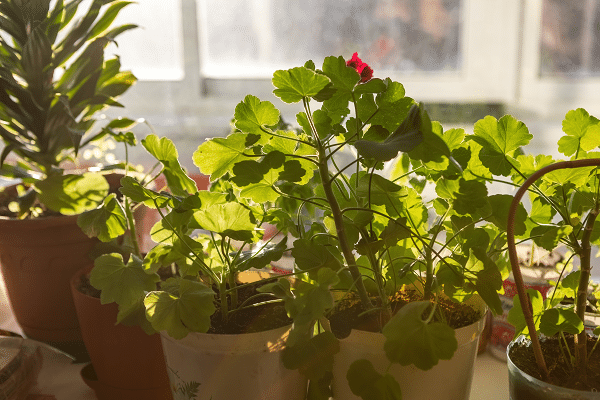
Sunlight can be categorized into three levels for indoor plants – low, medium, and high. Low light typically refers to no direct sunlight, with most of the area in shadows; medium light implies indirect or filtered sunlight and high light indicates direct sunlight for a large portion of the day. It is crucial to note that ‘low light’ doesn’t mean ‘no light.’ All plants need some amount of light to conduct photosynthesis and survive.
Different plants have varying sunlight needs, with some adapted to thrive in shaded understories while others require bright, direct sunlight to grow. For indoor plants, matching their natural light requirements is essential for survival and growth. Plants that need minimal sunlight have adapted to survive under forest canopies or other shaded natural environments, making them ideal choices for indoor areas with limited light exposure.
Top Indoor Pants That Require Minimal Sunlight
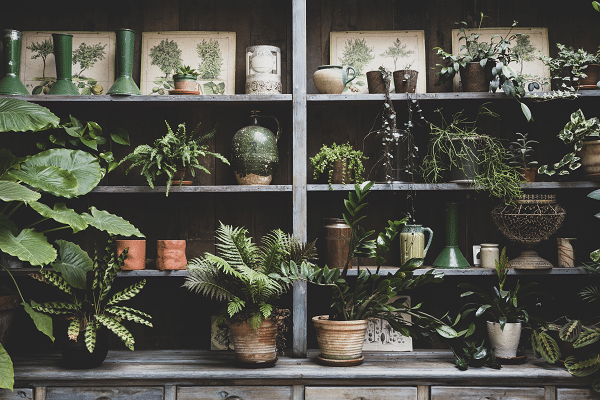
The plant kingdom is wonderfully diverse, and a vast array of plants can beautify your indoor spaces even with limited sunlight. These plants add aesthetic appeal, improve indoor air quality, and create a peaceful ambiance. They have adapted to thrive in low light conditions, making them suitable for rooms with minimal sunlight.
Each plant on this list has unique characteristics that suit lower light conditions. Some of these plants are hardy and can tolerate neglect, while others require more care but reward the effort with stunning blooms or lush foliage. Understanding each plant’s needs and quirks can help you provide the ideal environment for it to flourish indoors.
The Peace Lily: An Ideal Choice For Low Light
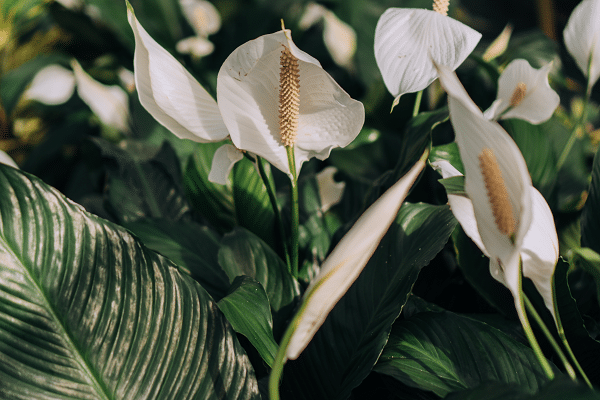
The Peace Lily is an excellent low-light indoor plant with its dark green leaves and creamy white spathe-like flowers. This perennial flower, scientifically known as Spathiphyllum, is native to the tropical regions of the Americas and Southeast Asia. It’s highly popular as a houseplant due to its easy care and beautiful, long-lasting flowers.
Regarding light requirements, Peace Lily thrives in low to medium light conditions. Direct sunlight can scorch its leaves, while very low light may reduce flowering. The Peace Lily also appreciates a humid environment and evenly moist soil. However, it is quite forgiving and can withstand occasional underwatering. It’s an ideal choice for offices or homes that don’t get a lot of natural sunlight.
The Elegant ZZ Plant: A Perfect Indoor Companion
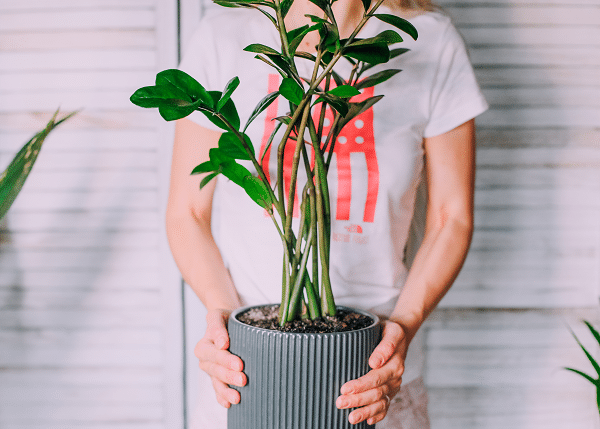
The ZZ Plant, also known as Zamioculcas zamiifolia, is a popular indoor plant known for its attractive, glossy foliage and ability to withstand less-than-ideal conditions, making it an excellent choice for beginner gardeners or those without a green thumb. The ZZ Plant’s shiny, dark green leaves and upright growth habit give it an elegant modern aesthetic that fits into various interior designs.
The ZZ Plant is highly adaptable when it comes to light conditions. It can survive in almost any light level, from low to bright, indirect light, though it prefers the latter. However, it is one of the rare plants that can do well even in artificial or fluorescent light, making it a great plant for rooms with no windows or offices with only overhead lighting. Additionally, the ZZ Plant is drought-tolerant and only needs watering when the top layer of its soil is dry, making its care routine simple and straightforward.
The Hardy Snake Plant: Beauty in the Shadows
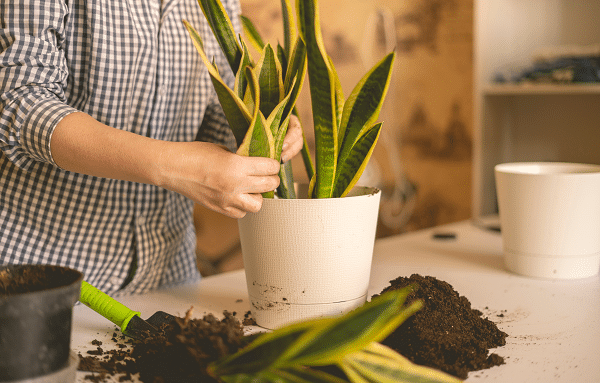
The Snake Plant, or Sansevieria, is an easy-to-care-for indoor plant known for its architectural, upright leaves. The plant comes in various shapes, sizes, and colors, adding a striking element to any indoor setting. Furthermore, Snake Plants are known for their air-purifying qualities, making them beautiful and beneficial to indoor environments.
Snake Plants are highly adaptable and can tolerate a wide range of light conditions, making them an excellent choice for low-light indoor spaces. Though they prefer indirect light, they can survive in everything from low light to full sun. Despite their hardiness, avoiding overwatering Snake Plants is essential as they are susceptible to root rot. Water them sparingly and ensure their soil drains well to keep them healthy and thriving.
The Philodendron: A Versatile and Adaptable Indoor Plant
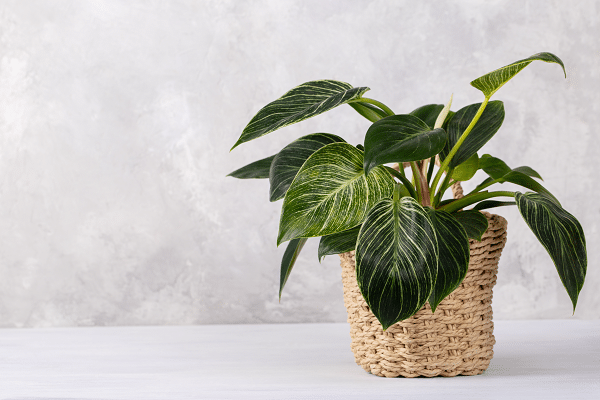
Philodendrons are tropical plants known for their beautiful, heart-shaped leaves. They’re native to rainforests, which grow under the forest canopy in low-light conditions, making them well-adapted to indoor growing conditions with minimal sunlight.
Philodendrons thrive in low to medium light, and while they can tolerate short periods of bright, indirect light, extended exposure can scorch their leaves. As for watering, Philodendrons prefer their soil to dry out between waterings. Overwatering can lead to yellowing leaves, a common sign of too much water. Their versatile nature and attractive foliage make Philodendrons a favorite among indoor gardeners.
The Cast-Iron Plant: A Tough Plant for Tough Conditions

The Cast-Iron Plant, Aspidistra elatior, is a hardy plant that lives up to its name. It’s known for its ability to survive under extreme conditions, including low light, low humidity, and irregular watering. Its dark green, glossy leaves can add a touch of elegance to any indoor space.
Cast-Iron Plants are ideally suited to low-light conditions and can survive with very little sunlight. However, they can also tolerate brighter conditions without exposure to direct sun. Water your Cast-Iron Plant as needed, allowing the soil to dry out slightly between waterings. Too much water can cause root rot, so it’s better to err on the side of underwatering with this resilient plant.
Growing Tips for Low-Light Indoor Plants
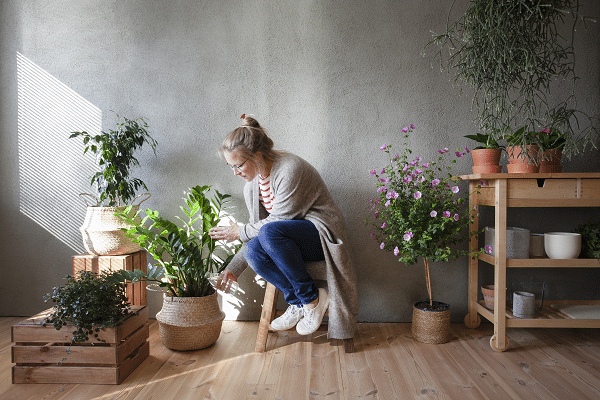
Caring for low-light indoor plants requires understanding their unique needs. For watering, most low-light plants prefer their soil to dry out slightly between waterings. Overwatering is a common issue for indoor plants, leading to root rot and other health problems. Hence, checking the soil’s moisture levels before watering and adjusting your watering schedule based on the season and the plant’s needs is essential.
Regarding temperature and humidity, most indoor plants prefer moderate conditions – not too hot or cold- with humidity levels similar to those found in their native habitats. Using a humidifier or placing your plants on a tray of pebbles with water can help increase humidity levels. Fertilizer application and pest control are also crucial aspects of indoor plant care. A balanced, water-soluble fertilizer applied per the package instructions during the growing season should suffice for low-light indoor plants. Regularly inspect your plants for common pests like spider mites or aphids and use an insecticidal soap or other suitable treatment if needed.
The Bottom Line
Indoor plants that require minimal sunlight are perfect for bringing life, color, and a touch of nature into any space. From the graceful Peace Lily to the hardy Snake Plant and the resilient Cast-Iron Plant, these plants offer a range of aesthetics to suit any personal style or interior design. Their ability to thrive in low-light conditions makes them ideal for indoor gardening, even in rooms with little to no sunlight. Even if your indoor space doesn’t get a lot of sunlight, don’t let that stop you from exploring the world of indoor gardening. With the right plant choices and care, you can create your indoor garden to enjoy all year round.


